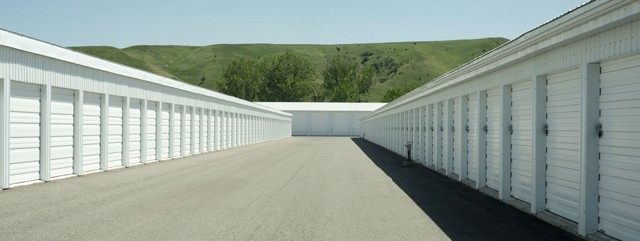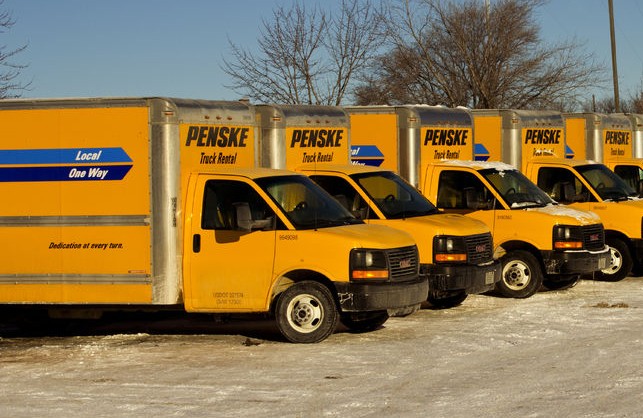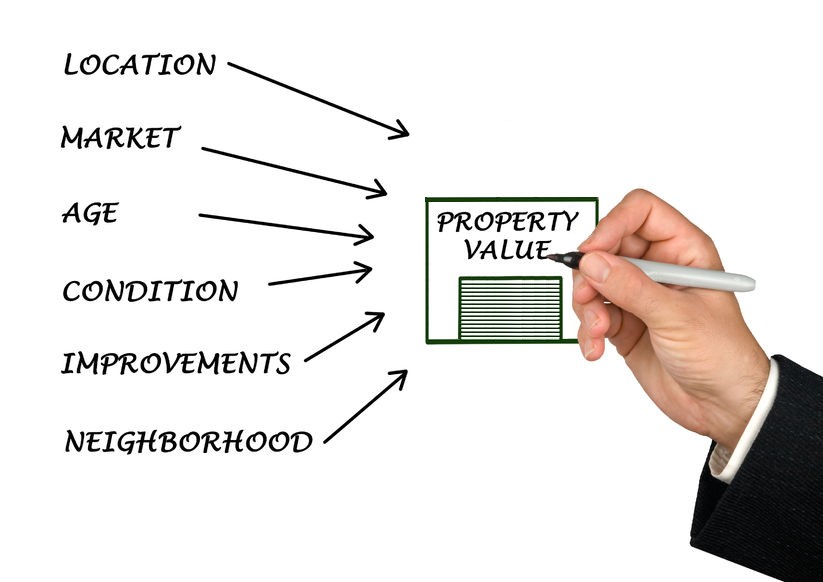How Much Is My Property Worth?

The value of your self storage property is like your blood pressure: it’s not something you need to track daily, but you should check it every few months to make sure your property value is moving in the right direction. Unlike your blood pressure, however, you want to see your property value increase over time. You may be very pleased with the value of your property if you haven’t reviewed it in several years. Low mortgage rates for commercial properties and high demand for self storage investments have driven up the price that buyers are willing to pay. If you have considered selling your facility in the last few years or plan to sell in the next few years, now is an ideal time to find out how much your property is worth.
How do you determine how much your property is worth? Since a self storage property is an investment for most buyers, the value of your property is determined using two parts:
• Net Operating Income (NOI)
• Capitalization (Cap) Rates
Net operating income is the money you have left over after you pay operating expenses but before loan payments, income taxes and/or depreciation. That being said, investors and bankers are going to insist that the expenses you use to determine NOI are similar to how the average absentee owner would operate a facility. You may handle some of the typical expenses on your own (such as management and landscaping), but the typical investor is going to outsource such expenses.
Here are the revenue and expenses that need to be considered when calculating your NOI:
Revenue
• 
• Outside Parking
• Late Fees
• Other Income
• Tenant Insurance
• Truck Rentals
• Administration Fees
• Retail / Office / Apartment Rent
• Cell Tower Leases
• Billboards
Standard Operating Expenses
• 
• Insurance
• Payroll for On-Site Management
• Off-Site Management Fee
• Utilities
• Advertising / Marketing
• Office Expenses
• Lawn Maintenance
• Snow Removal
• General Building Maintenance
• Bank Chargers
• Inventory
Revenue – Operating Expenses = Net Operating Income (NOI)
Now that you have calculated your net operating income, the next step is to figure out what an appropriate cap rate is for your property. An easy way to understand cap rate is that it is the return on investment that a buyer would receive in the first year if they paid all cash for the property. Assuming the NOI remains the same in each of the following scenarios, you can see that the lower the cap rate, the higher the price. Conversely, the higher the cap rate, the lower the price.
For example:
• An NOI of $250,000 / 9% cap rate = $2,777,777
• An NOI of $250,000 / 7% cap rate = $3,571,428
Determining an appropriate cap rate is as much an art as it is a science, since it depends upon three primary elements:
• Location
• Condition of Your Self Storage Facility
• Investment Market Conditions
Location.
First, location hails back to the first maxim of real estate: location, location, location! If your facility is located in a heavily populated area, it’s going to command a lower cap rate versus a small town location. The primary reason for this difference is that cities have many primary employers supporting the community. A small town, on the other hand, may only have two or three major employers supporting the town’s economy. If just one closes, then that town may dry up.
Another aspect of location is the road your property is positioned along. Generally speaking, 50% of your customers will come from drive-by traffic, 30% from online leads and 20% from other sources (such as referrals). A property located along a major highway is much more desirable to buyers than one located on a back road, simply because it is visible to more potential customers.

Second, the condition of your property also plays heavily into the value. For example, if your property has issues with roof leaks, the next buyer will have to pay to repair them. Naturally, the buyer will discount the value of your facility by the cost of replacing the roof. That discount takes place through raising the cap rate on your property and also through reducing the offer to pay for future capital expenditures.
Investment Market Conditions.
The investment market conditions play a very significant role in determining the cap rate a buyer is willing to pay. Right now, demand for self storage investment is very high, so cap rates have been driven down by the influx of buyers. With Small Business Administration (SBA) loans for self storage properties available with as little as 10% down (in contrast to the typical 25% down for commercial mortgages), buyers are also able to afford more expensive properties. For example, if you have $100,000 to invest, you could only afford a $400,000 loan with a traditional mortgage. An SBA loan would allow you to purchase a $1,000,000 property. Additionally, interest rates charged for loans have dropped across the market in recent years. Since buyers are saving money on interest paid to the bank, they’re able to pay you higher prices for your property and still hit their desired return on investment. However, interest rates are beginning to climb which is creating a reduction in values and an increase in cap rates.
Location, the condition of your property and market conditions indicate an appropriate cap rate for your property. The cap rate is typically determined by finding comparable sales of self storage properties similar to yours, finding the cap rate used to purchase them, and weighing the combined cap rates to come to an approximate average.
It’s very important to accurately estimate an appropriate cap rate for your property. It is best to enlist the professional opinion of a self storage real estate broker and leverage their expertise. To find a cap rate on your own, you will need to collect data on half a dozen similar self storage properties that have sold within the last two years. Determining the right cap rate is very important because it has significant impact on the final value of your property. Additionally, there are many market trends that need to be considered to help verify that the appropriate cap rate is being used.
Now you should be able to create a rough estimate for the value of your property using your net operating income and the correct cap rate. However, to confirm the value of your property, you’ll need to seek professional advice. Contact us today and we’ll help you check the pulse on your property’s value.

